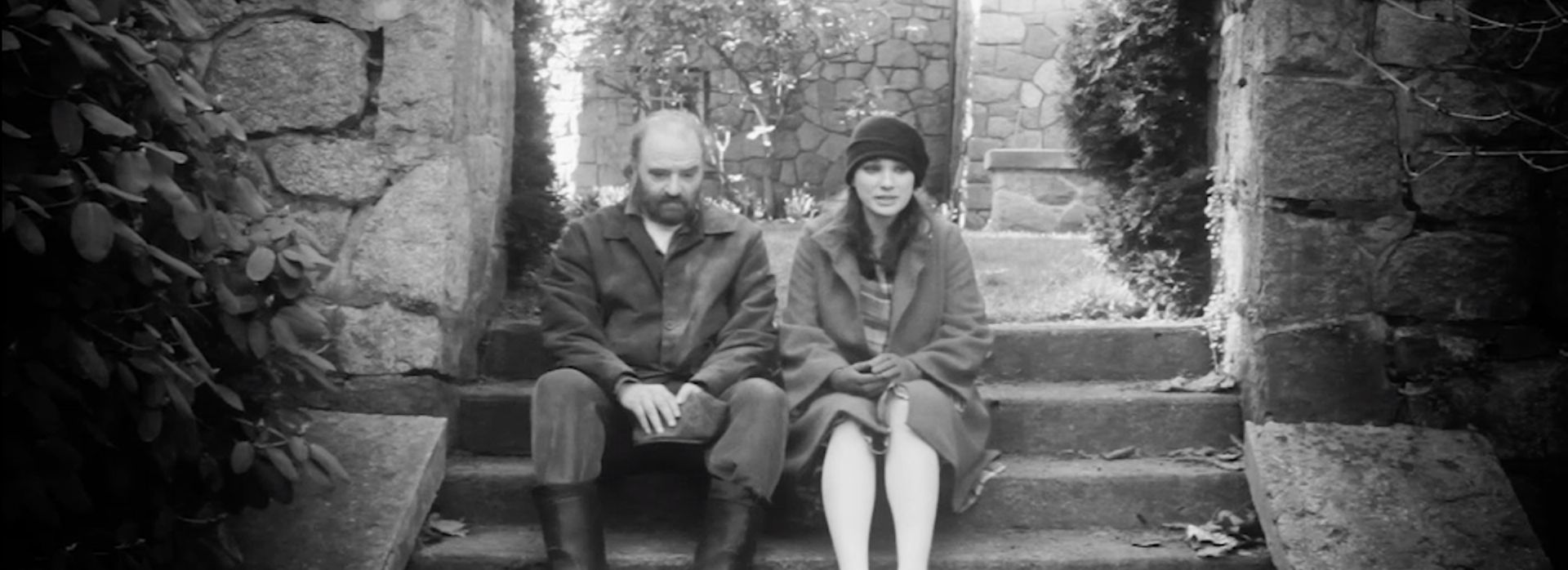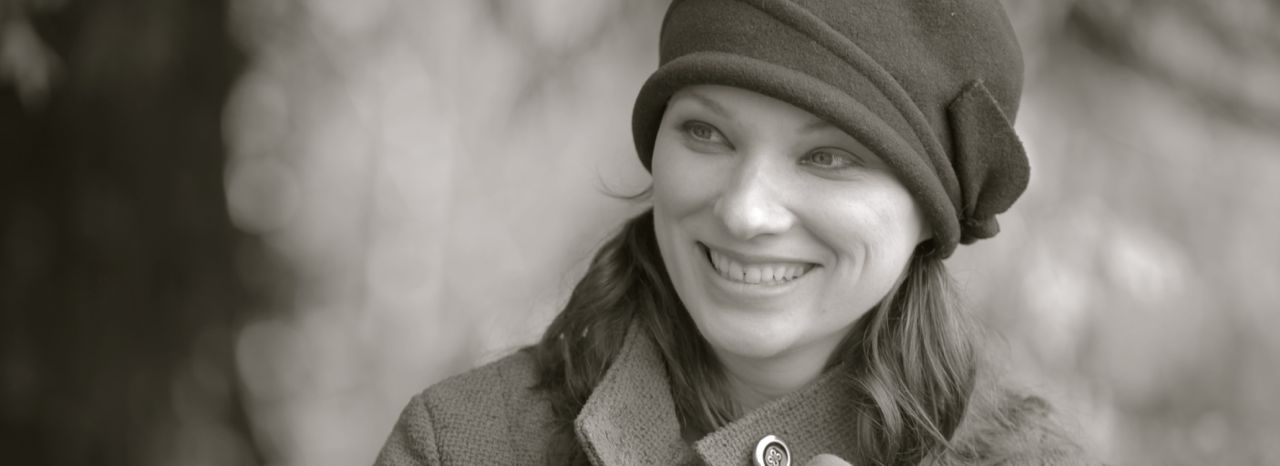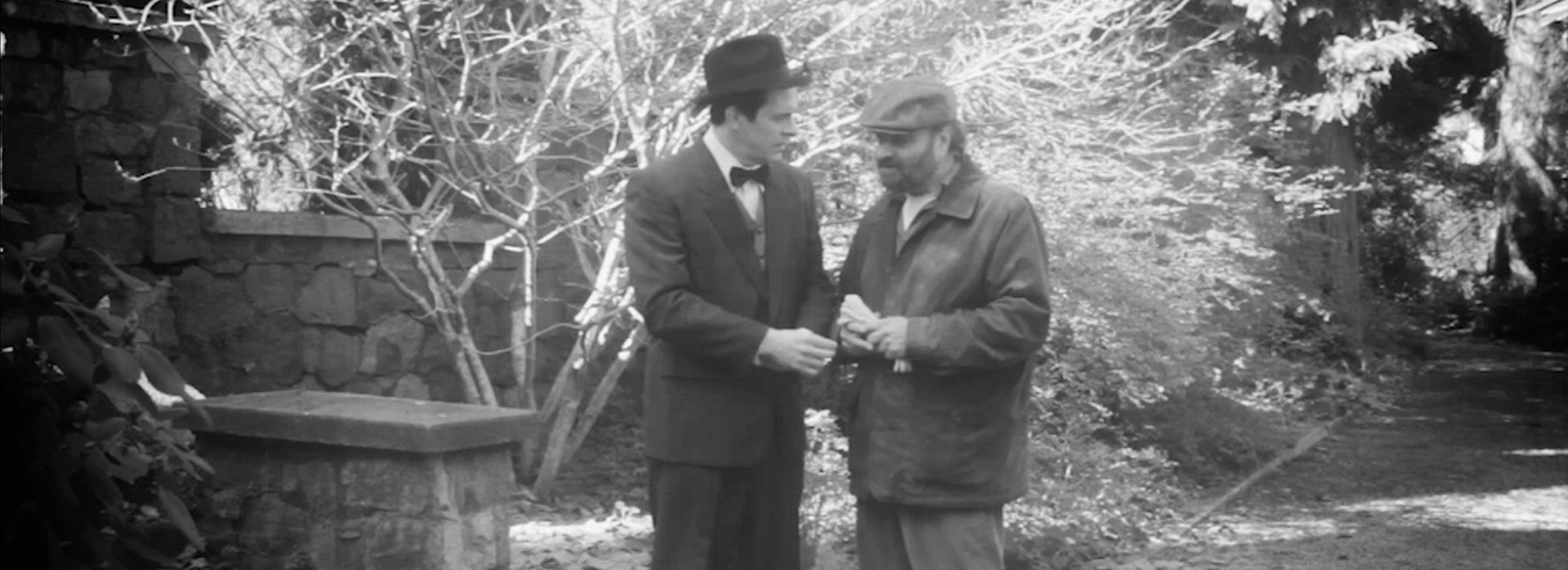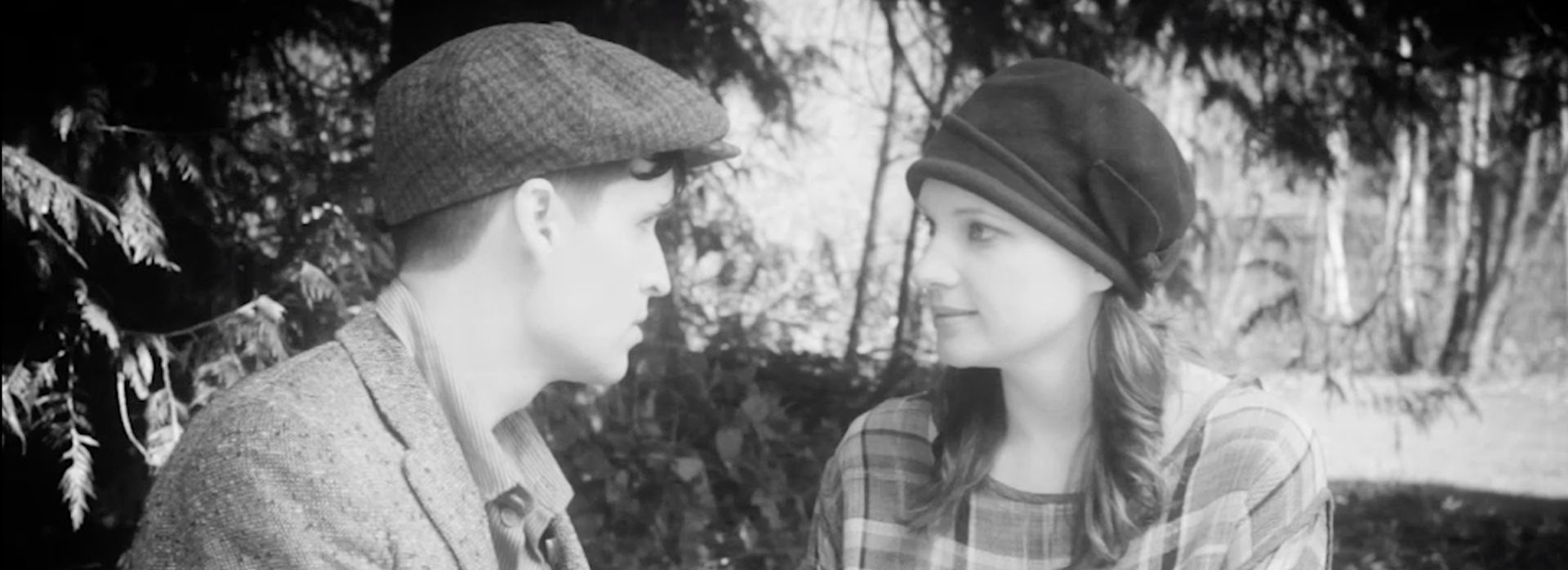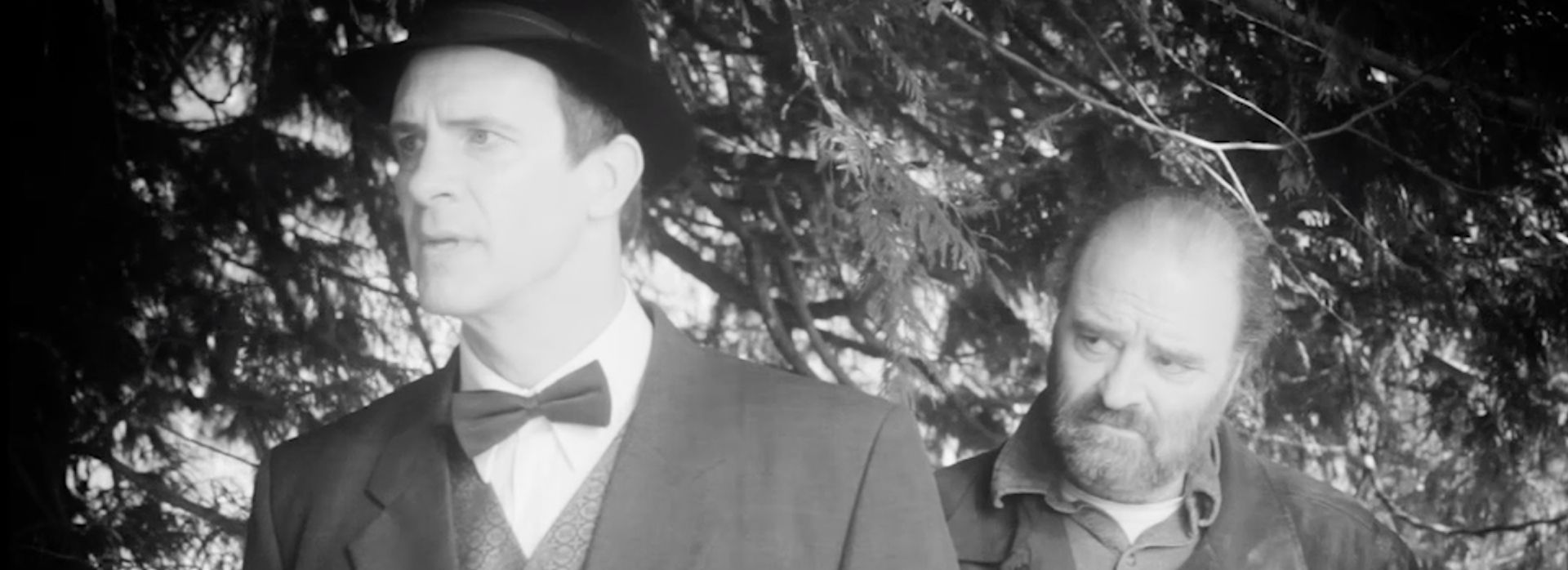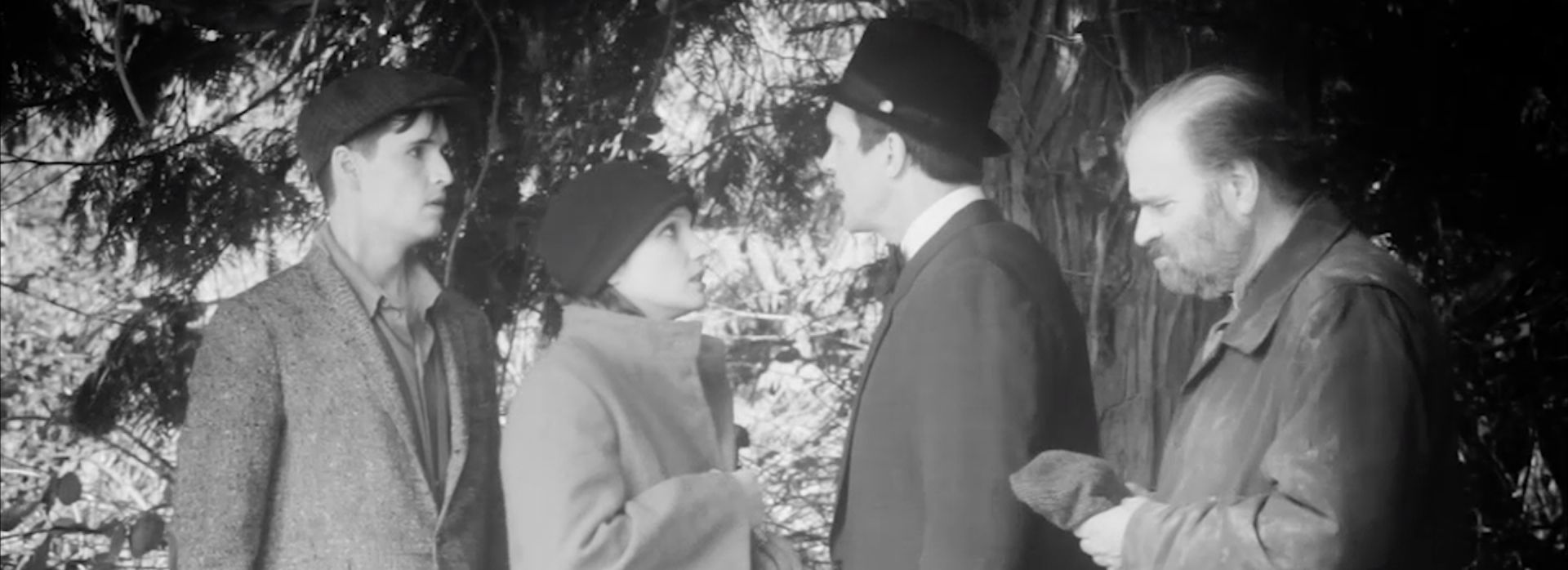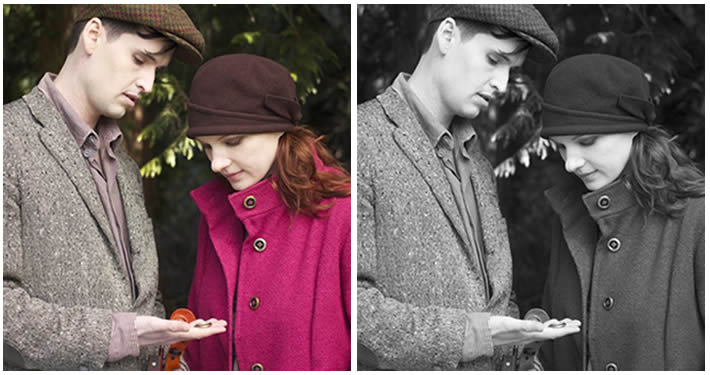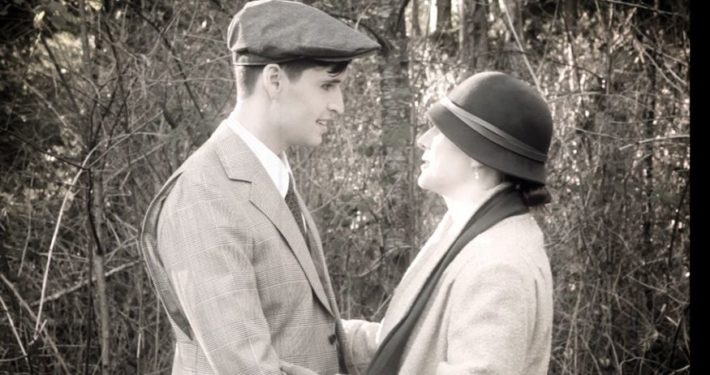Cast
AMARYLLIS MINTON Dana May
JOHN FORRESTER Matthew Graham
MR. MINTON Brad Wattum
TOM Max Teichman
Crew
Producer, Story Marena Dix
Director, Story Editor, Producer Sara McIntyre
Producer Lori Lozinski
Writer Dawn Prato
Executive Producer Robyn Weiner
Director of Photography Sasha Popove
Editor, Colourist Jillian Cabernal
Sound Editor Karla Melendez
Original Music, Composer Andrée-Anne Gingras-Roy
1st Assistant Director Isaiah Sweigard
2nd Assistant Director Mark Anthony Hogan
Camera Operator Andres Castillo
Production Designer; Art Director Mackenzie Williamson
Costume Designer, Costumer Daniela Agosta
Hairstylist, Makeup Artist Clarissa Jorquera
Key Grip Bryce Bokenfohr
Grip Daniela Flor
Script Supervisor Joel Malamu
Sound Mixer, Boom Operator Alastair Leong
Digital Imaging Technician Jorelle Miranda
Production Assistant Lulu Pan
Thanks to
Jocelyn Spencer Mills, Peter Marshall, Angela Dix, Jessica Leigh Clark-Bijon, Hyûma Franköwski, Sara Vickruck, Jacob McIntyre, Greg McIntyre, Emily McIntyre, Darren Borrowman, William F. White: Lisa Jeffries, Goorin Hats: Matt Clayden & Shani Nicole Bates, Sweet Lulu’s Costumes: Alli, Costume Bank: Rene
Meet writer Dawn Prato, director Sara McIntyre, and producer Marena Dix, who tell how “The Magic Garden” became a film:

